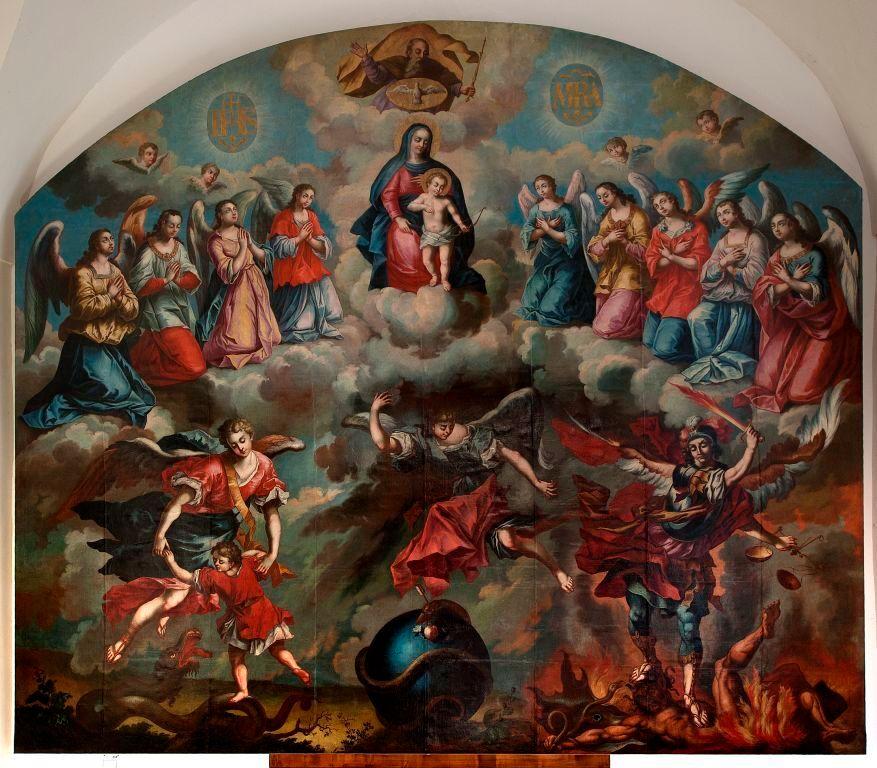By no means all works in the art collection came into the gallery’s possession in the condition in which they left the studios of their creators. Also, they were often not hung from walls, transferred from previous owners' installations, or stored or exhibited in a suitable way. Many of the works were modified during their existence, even completely repainted, and, to a greater or lesser degree, have often been expertly repaired.
The primary task of conservators is to prepare works for gallery exhibitions based on the requirements of the curators responsible for the selection of works and concept of their presentation. In cooperation with the curators, conservators decide upon the method and extent of interventions to be carried out on individual works. Conservators will examine the work from the perspective of its material nature, thoroughly familiarise themselves with its technical and artistic processing, and propose a conservation approach. Within our gallery environment, we generally apply “partial” restoration, whereby we perform only a selection of the entire range of available conservation processes. Perhaps most often, works are cleaned, retouched to a minor extent, or treated with a new layer of protective varnish. Complex restoration, which is carried out by conservators on more damaged works, is a demanding task involving successive steps, and is conducted according to the conservation proposal to achieve optimum condition of the work. The conservation principle is not to improve works, but to stabilise their original condition, or to return them to their authentic expression, taking into account factors such as natural degradation of the materials involved. Retouching can be considered in line with this principle based on the art-historical intent of the methodologist. Conservators document the progress of their work both in writing and photographically, and choices of techniques and materials are based on the principle of reversibility.
Prior to opening of the Conservation and Restoration Department at the Academy of Fine Arts and Design in Bratislava, our colleagues either studied abroad or were qualified painters with an interest in restoration. Many works from GMB collections requiring comprehensive conservation were restored externally, often in collaboration with the Department of Conservation and Restoration of the Academy of Fine Arts and Design in Bratislava, whereby they served as assignments for students.
